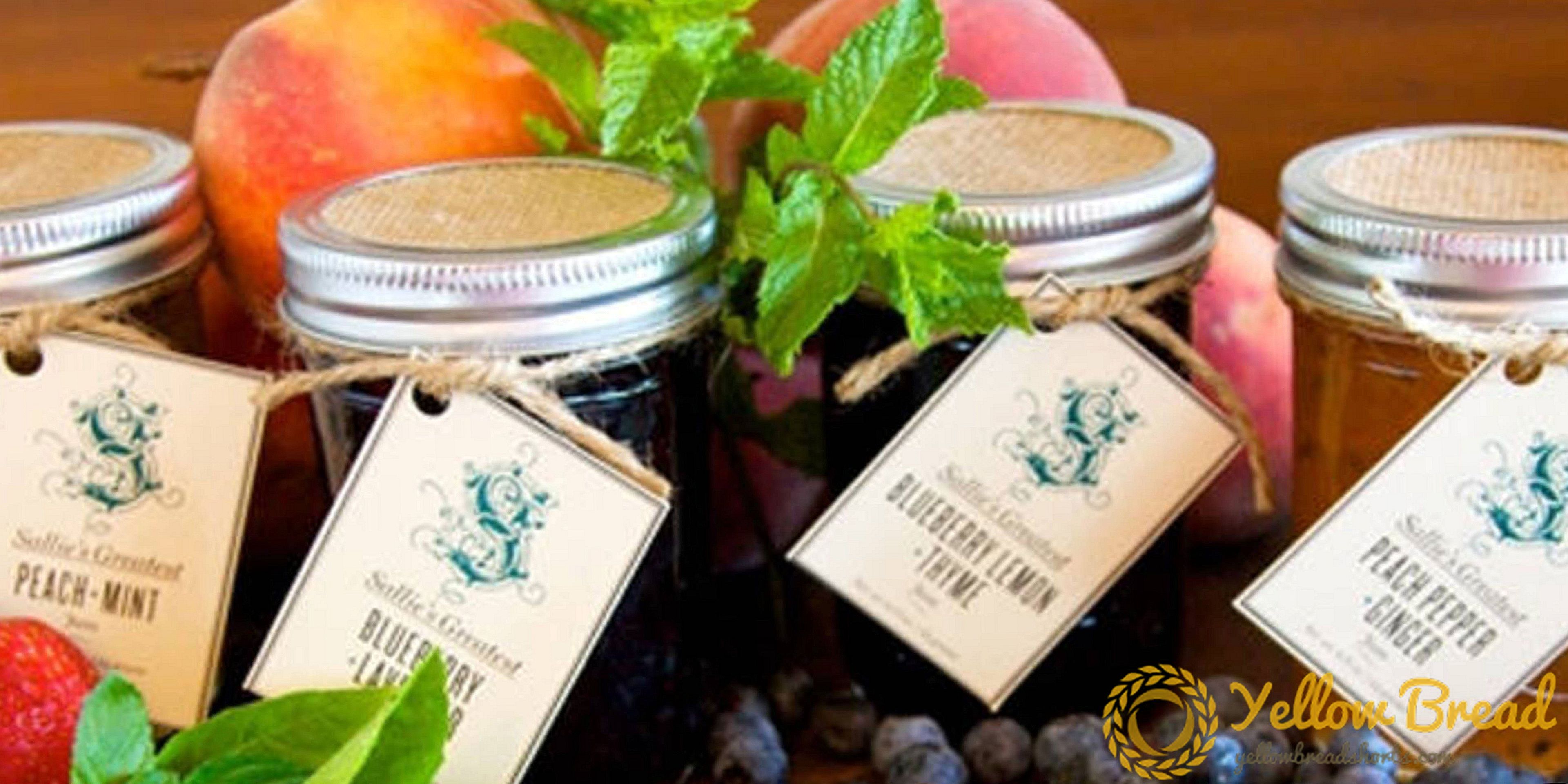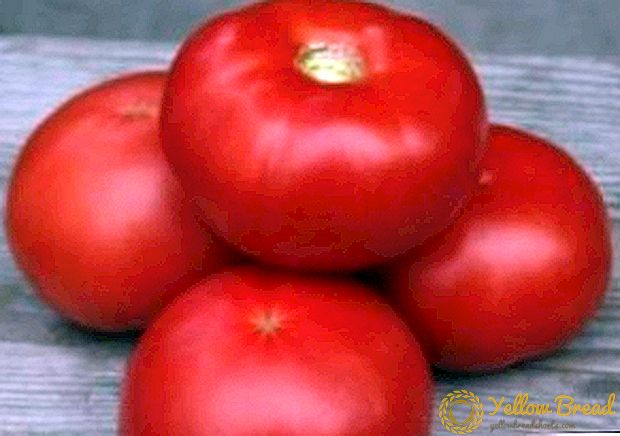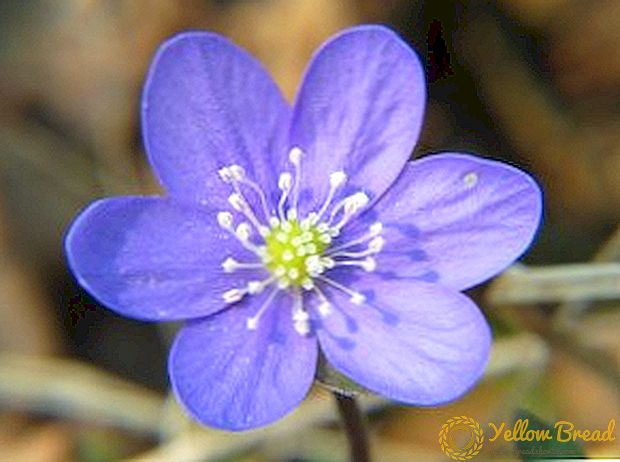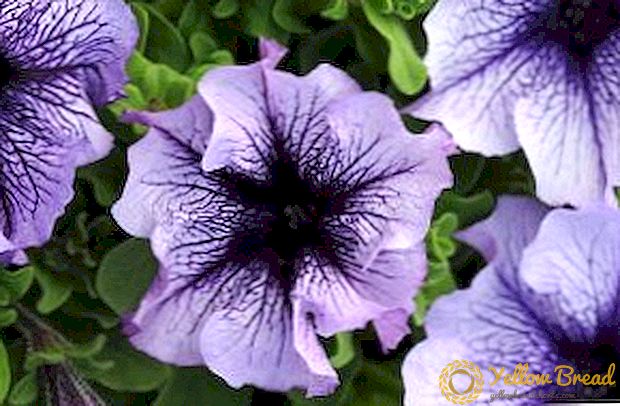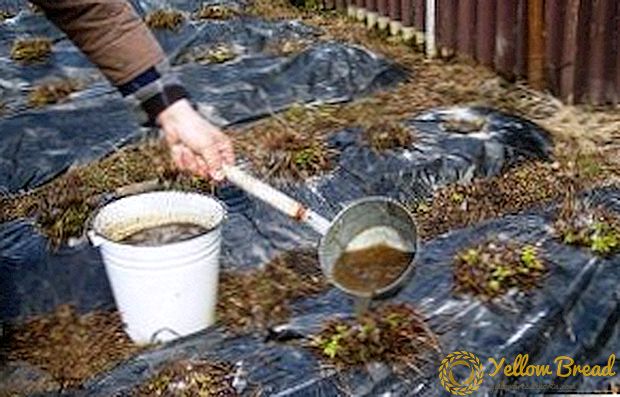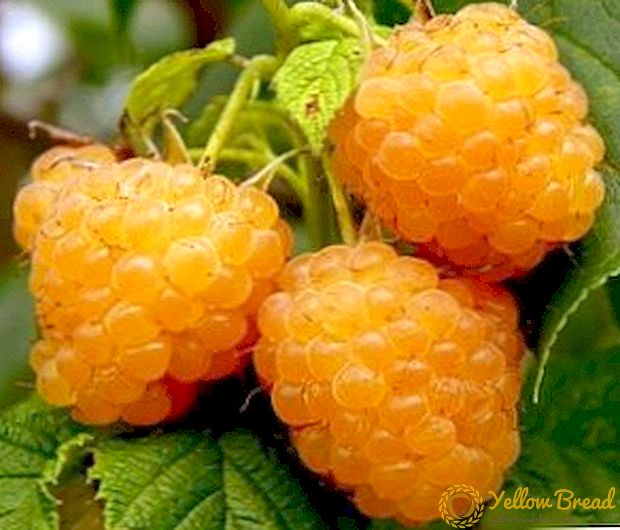 Creating their own garden or decorating their homestead land, many owners turn their attention not to the herbaceous plants common in our climate, but are looking for something outlandish that others do not. In this article we will talk about what is a kandyk, where it grows in natural conditions, and also describe the main points of planting and caring for the plant.
Creating their own garden or decorating their homestead land, many owners turn their attention not to the herbaceous plants common in our climate, but are looking for something outlandish that others do not. In this article we will talk about what is a kandyk, where it grows in natural conditions, and also describe the main points of planting and caring for the plant.
- Description and photo
- Location
- Site selection
- Soil selection
- Landing
- Plant care
- Lighting
- Temperature conditions
- Watering
- Humidity
- Top dressing
- Transfer
- Breeding
- Soil selection
- Lighting
- Landing
- Top dressing
- Application in landscape design
Description and photo
Kandyk - a perennial flower that has an onion, belongs to the family Lily.
The average plant height is 10-30 cm, however, if ideal conditions were created for the kandyk, then its height can reach 60 cm. The leaves at the base of the flowering stem are green or covered with brown spots. The bulb is egg-shaped. 
The fruit is represented by a box with a small amount of seeds.
In nature, the kandyk is common in North America, Europe, Japan, in the south of Siberia, and also in the Caucasus. Under natural conditions, a herbaceous plant is common in highlands, near melting snow.
Location
We will start growing the kandyk by choosing a place to plant, based on the preferences of the bulbous plant, and also paying attention to the natural habitat. 
Site selection
Our flower is not picky about the light, but rather the opposite - prefers shaded areas. Sometimes it is very difficult to find a plant that can be planted on the north side, under the canopy of large trees. So, for the kandyk is the perfect place.
When choosing a site you need to pay attention to the soil moisture and relief. The place should be flat.Lowland immediately need to fold, as the flower does not tolerate stagnant water.
Soil selection
The ideal option would be light, moist soil with a lot of peat. It is also worth taking care that the substrate is acidic or slightly acidic, but not alkaline or neutral.
It is worth noting that the kandyk equally badly tolerates both the stagnation of moisture and the strong drying out of the soil, which is directly related to the natural growing conditions.  For the preparation of soil mixture, we need three components: leaf earth, humus and coarse river sand. In order for the plant to quickly grow and bloom beautifully, 150 grams of superphosphate, 30 grams of potash nitrate, 200 grams of bone meal and 100 grams of ground chalk are embedded in one square of soil.
For the preparation of soil mixture, we need three components: leaf earth, humus and coarse river sand. In order for the plant to quickly grow and bloom beautifully, 150 grams of superphosphate, 30 grams of potash nitrate, 200 grams of bone meal and 100 grams of ground chalk are embedded in one square of soil.
You can purchase a complex fertilizer at a flower shop, but you should consult the seller for the dosage of the main components to be suitable for the kandyk.
Landing
Kandyk, as mentioned in the description, is a bulbous plant, so we will plant the bulbs, not the seeds, in order to simplify the process and improve the survival rate.
Depending on weather conditions, landing should be carried out in June, preferably in the second half. Kandyk planted in groups, 3-4 pieces in accordance with the requirements described above (the place should be shaded).  Small difficulties arise in choosing the depth of planting, as the species growing in America and Europe are planted at different depths. For this reason, when purchasing planting material, find out the exact name of the species, otherwise the plant may not be accepted.
Small difficulties arise in choosing the depth of planting, as the species growing in America and Europe are planted at different depths. For this reason, when purchasing planting material, find out the exact name of the species, otherwise the plant may not be accepted.
European and Asian species, as well as those that grow in Russia, land at a depth of 10-15 cm, maintaining a distance between plants of 15 cm. American species are planted at a depth of 16-20 cm, maintaining the above described distance.
It is worth remembering that the perennial in one place grows no more than 6 years, after which it is necessary to separate the daughter bulbs, which are formed on the main one, and transplant to another place. 
Plant care
We discussed the habitat of kandyk, described the planting and the choice of a suitable place, now let's talk about caring for a plant in the Alpine belt.
Lighting
Above, we talked about planting a flower in the shade. To do this, you can use both tall shrubs and trees, as well as other perennial herbs that cast shadows.
Illumination should be diffused, direct sunlight will destroy the mandible, so in no case do not plant in open areas and do not remove the plants that shade the mandible.
Temperature conditions
Depending on the type, the maximum and minimum temperatures that the plant is able to withstand fluctuate.  For example, the Siberian kandyk does not freeze at temperatures up to -50 ° C, and the Caucasian version feels great at abnormally high temperatures, as it grows not only in the Caucasus, but also near the Black Sea coast.The Japanese kandyk survives at frosts down to -16 ° C, however, high summer temperatures are contraindicated to it.
For example, the Siberian kandyk does not freeze at temperatures up to -50 ° C, and the Caucasian version feels great at abnormally high temperatures, as it grows not only in the Caucasus, but also near the Black Sea coast.The Japanese kandyk survives at frosts down to -16 ° C, however, high summer temperatures are contraindicated to it.
Watering
Watering should be moderate during the entire growing season of the plant, then the amount of watering is reduced to a minimum in order to prepare the flower for wintering. It is necessary to water with clean water, not allowing waterlogging.
Humidity
Humidity should not be high, otherwise the flower will start to hurt, so additional spraying from a spray bottle will only cause harm. If in your region there is a constant high humidity, then be prepared for the fact that the kandyk will have to be regularly treated for fungal diseases.

Top dressing
In the spring, potash and phosphate fertilizers need to be patched in order for the flower to grow faster and throw out the peduncle. Next, apply fertilizers for flowering plants, which can be purchased at a specialty store.
Transfer
To begin with, the flower transports a transplant very painfully, so it’s better not to do this every year, but to plant it right away at a permanent place. If you want to separate the daughter bulbs in parallel, then wait until the peduncle dries, and only then begin transplanting.
Breeding
North American species of kandyk can only be propagated by seed, so we will discuss further reproduction in a generative way, which is also applicable to other species without exception. 
Soil selection
Soil parameters should be the same as for planting bulbs. It should be noted that the ants love the seeds of the kandyk, so before sowing you should make sure that there are no insects on the plot, otherwise you will not wait for shoots.
Lighting
For sowing, it is better to choose a penumbra so that the shoots receive the right amount of heat and light. If sowing is carried out under the crown of a tree, then it should not be very dense and give diffused sunlight.
Landing
Sowing of freshly harvested seeds is carried out in rows of 5 cm with a row spacing of 10 cm. Depth is no more than 3 cm. It is necessary to sprinkle the seeds with leafy ground acquired in a store or previously cleansed of pathogenic organisms. Next, carry out watering and waiting for seedlings that appear in the spring. 
Top dressing
At the end of April next year, shoots appear that are about 4 cm tall. If some specimens have a smaller “growth”, then you need to use fertilizers, otherwise lagging behind in the future will need to be culled.
It is worth noting that the seedlings begin to bloom only in the 4-7th year, which is associated with a long process of development of the bulbs, which can not be accelerated with mineral fertilizers or the introduction of humus.
Application in landscape design
Kandyk looks great in tandem with other bulbous plants. The same tulips are perfectly combined with the "Alpine" flower.It combines with other spring flowers due to its long flowering, which lasts 15-21 days.  Often used in rock gardens or to decorate lawns, and open inflorescences are used to create bouquets.
Often used in rock gardens or to decorate lawns, and open inflorescences are used to create bouquets.
Now you know what kind of bulbous plant can be planted in the garden or used to create an alpine slide.
We recommend using exactly the bulbs for planting, as the seeds require a lot of resources and time, however, generative reproduction will help you create your own variety that will grow only in your area.

